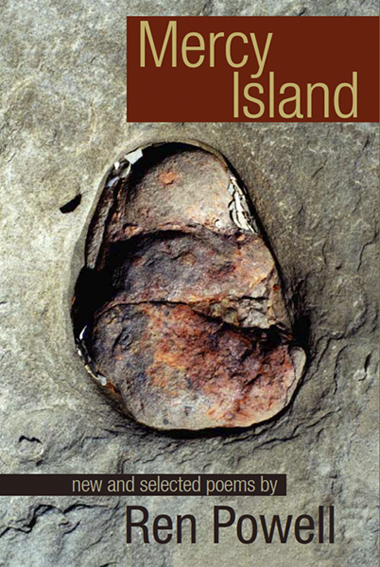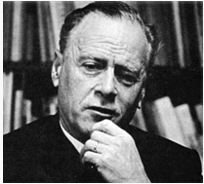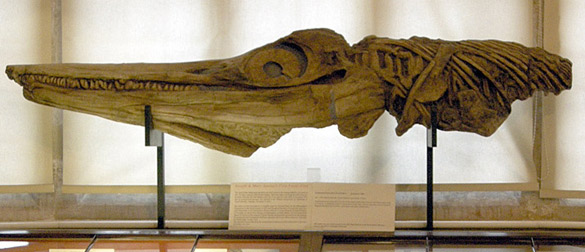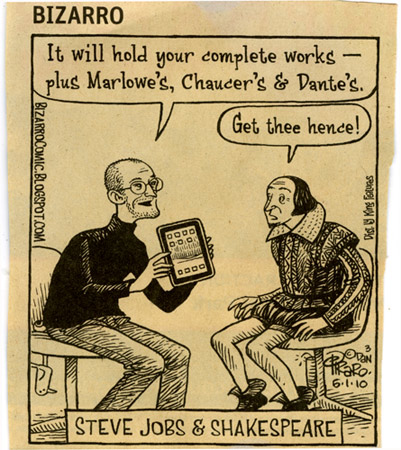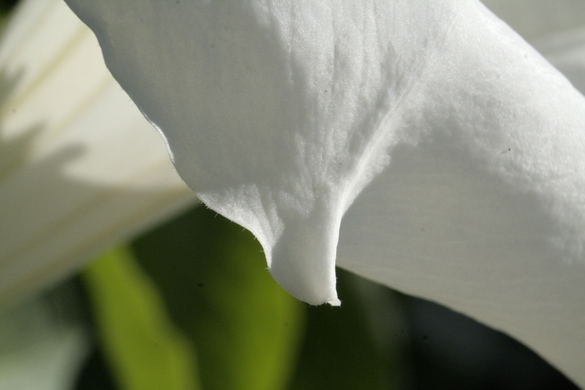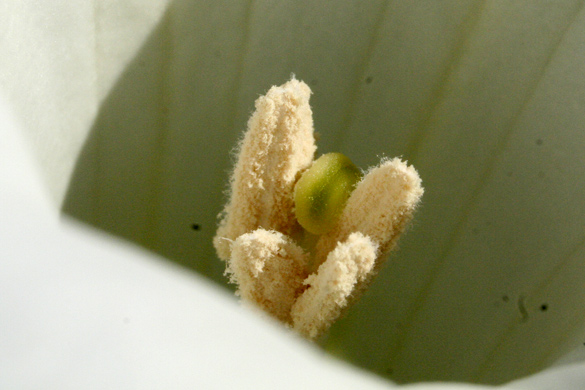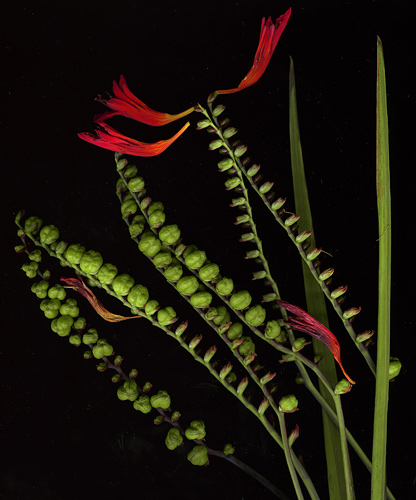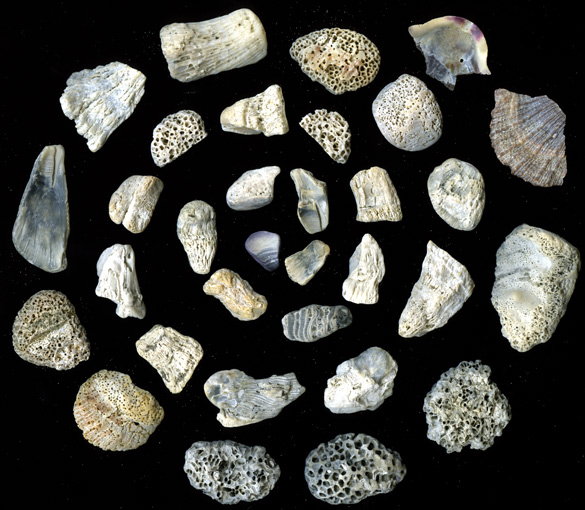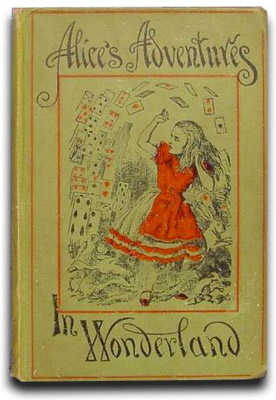lichen

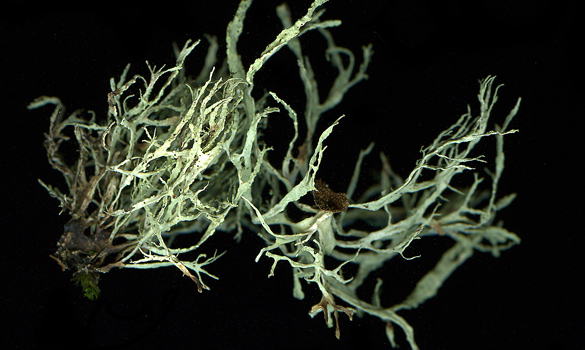
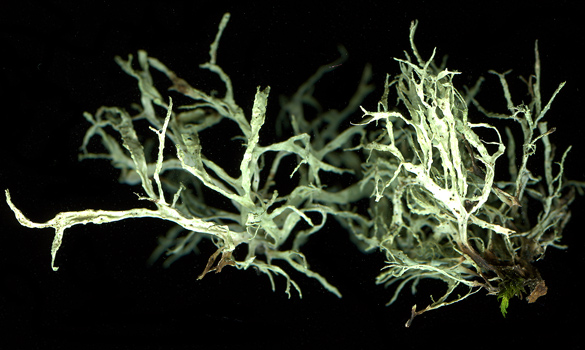
More lichen studies at the scanner (see previous post and comments).
A few days ago, I received my copies of MERCY ISLAND by Ren Powell and I’ve been dipping into the poems at random, allowing a slow digestion of the remarkably rich imagery that Ren Powell evokes with spare words. Today, as I’m composing this blog entry, I enjoyed a review of the book by poet and blogger Rachel Barenblat of The Velveteen Rabbi. The synchronicity in the following lines struck me:
Sacred painting’s
yellow ochre
my skirt
trimmed with lichen
From Ren’s poem A View from an Island. (Please read the whole poem at Rachel’s). I personally like to think it’s of Hornby Island, off the BC coast, since my photo on the cover is taken on one of its shores.
Update: March 31st, 2011: Another most interestingly written review including some gratifying comments about the cover by Carolee Sherwood. Thanks for sending it to me, Beth!
